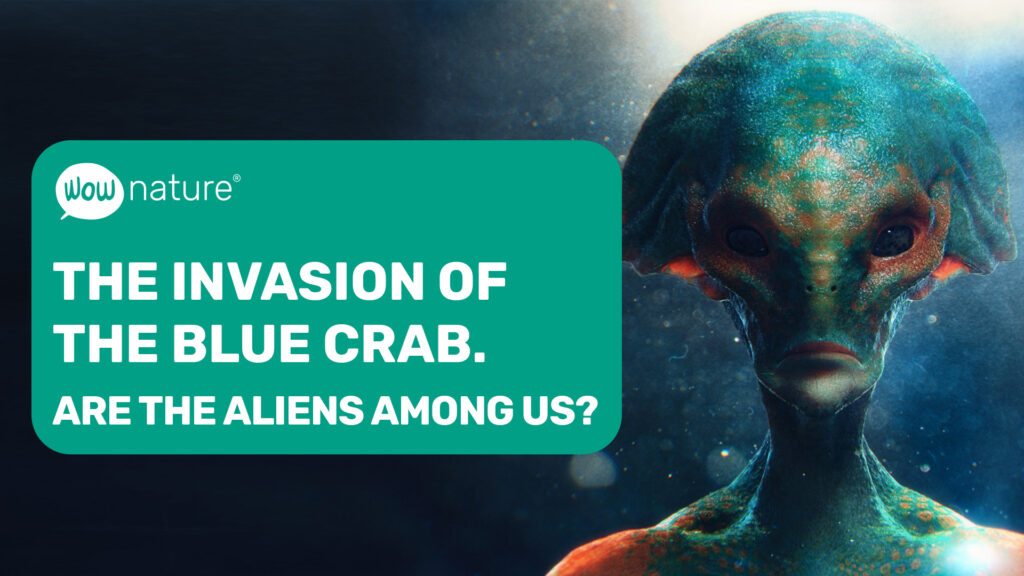

Blue crab invasion: are aliens among us?
- ,
- , WOW, really?, WOW, really?
The blue crab invasion
The blue crab invasion is causing great concern because of the effects it is having on the environment and the economy. In this article, we explain the phenomenon of the blue crab emergence in the Mediterranean, how it got here and what the implications are for the Italian marine ecosystem.
The blue crab: an alien species in Italian seas
The blue crab found its way into Italian seas almost by accident. This alien species took advantage of the passage through the hold waters of cargo ships from the United States to settle in the Mediterranean. Once here, it spread rapidly in some areas, creating concerns about the consequences on the economy and marine and lagoon ecosystems.
Invasive alien species: a global problem
The blue crab is not the only example of an invasive alien species in Italy. In fact, there are more than 3,000 alien species in the country, and over 20 of these are invasive (there are now almost 80).
Invasive alien species are those species that are displaced by humans and accidentally or mistakenly introduced into an environment they had not previously been part of. These species, such as the tiger mosquito, the nutria and the Asian bedbug, compete with native species and can put them at risk of extinction. For example, the North American grey squirrel may look cute, but it threatens our native red squirrel. Another example is the locust tree, a tree native to North America from which acacia honey is made, is considered an invasive species and tends to replace poplars and willows along our rivers.
The effects of invasive alien species on biodiversity
Invasive alien species threaten biodiversity, bringing about significant changes in ecosystems. They can take over and endanger native species, creating ecological imbalances. It is crucial to understand the problem and take preventive measures to counter the invasion of alien species.
How to fight invasive alien species
1) Do not release pets into the wild: Avoid releasing pets, such as parrots, turtles or aquarium fish, into natural environments, where they could become invasive species.
2) Do not propagate ornamental plant species: Avoid planting ornamental plant species, such as bamboo, in natural environments, where they could take over native flora.
3) Buy plants and animals consciously: Before buying plants or animals, make sure they are not invasive alien species. Always choose native or non-invasive species to help preserve the ecosystem.
4) Support projects to contain invasive alien species: support projects that aim to contain invasive alien species and promote the conservation of biodiversity and native species, such as those of WOWnature.
What you can do
The invasion of the Blue Crab is just one of many cases of invasive alien species in Italy. It is essential to raise awareness about this problem and adopt responsible behaviour to preserve Italy’s biodiversity and marine ecosystems. Only through joint efforts can we counter the invasion of alien species and ensure a sustainable future for Italy’s marine environment.
CONDIVIDI
Altri articoli

How can you spot fake news about climate change?

Updates from Val di Fiemme | May 2025

Which tree grows the fastest?



